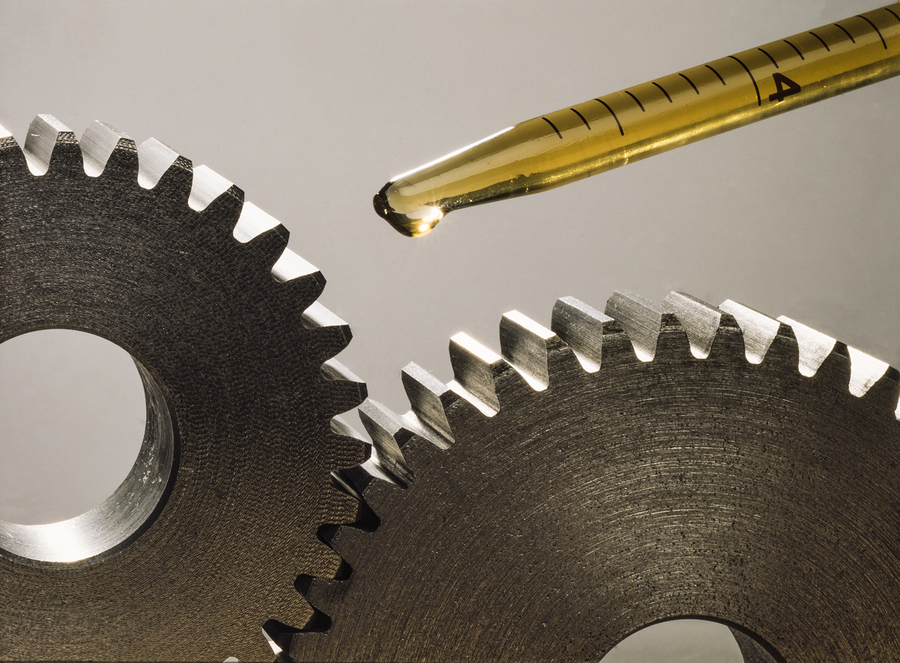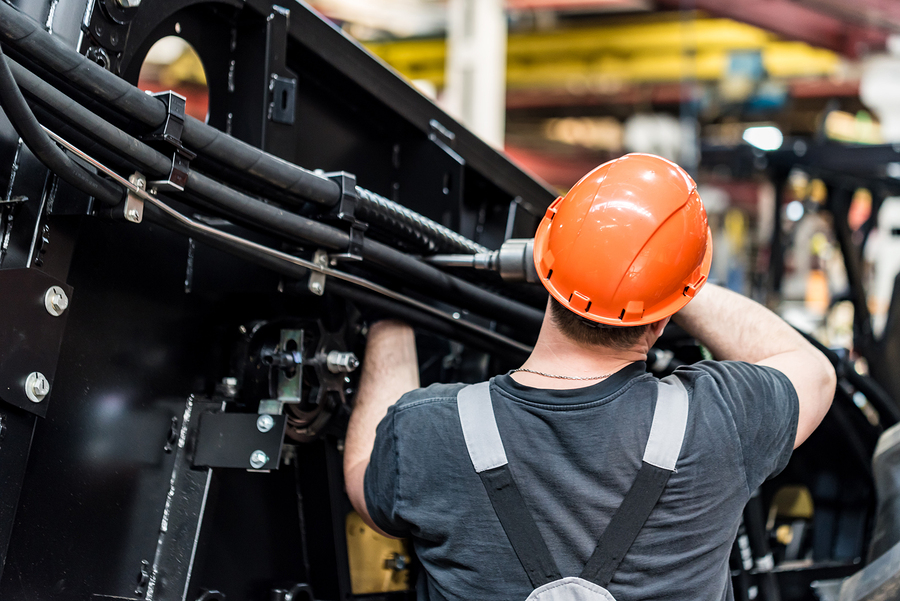Thermodynamics is among the most complicated concepts to grasp, even by the smartest individuals. Thankfully, when it comes to its intervening role in machine breakdown and malfunction, it’s easy to sum up thermodynamics: Friction and the heat it causes are not good. It’s a simple premise with huge ramifications.
Friction is the central problem
Friction spells doom for any mechanical contraption and requires as much mitigation as possible. Not only does it cause physical wear leading to degradation of components, it’s the primary cause of heat in mechanical operations. Together, heat and friction wreak havoc on machinery.
- Malfunction — Intense friction may lead to a loss of movement such as gears stopping or a valve sticking. This represents a single component failure in an overall mechanical process which may cause temporary downtime for the machine while the part is reset or replaced.
- Breakdown — A failure of core mechanical parts may have catastrophic effects that ripple to peripheral parts such as the force of stuck gears causing a rupture of an assembly arm, for example. Breakdowns involve the replacement of multiple parts, representing significant machine downtime.
- Inefficiencies — The wear caused by friction may allow a machine to keep running, but at a lower rate of efficiency. The machine will work harder to do the baseline measure of its job, consuming more time and resources without increased production.
- Safety hazards — Friction and heat may cause machinery to become unsafe during high-capacity operation. This could include combustion hazards affecting operators or nearby workers.
Friction is indiscriminate and affects every mechanical device, making it a foremost concern at all times. To properly care for your machinery, it’s important to understand points of contention where friction occurs to closely monitor them against any of the above problems.

Lubrication is a quick fix
Unfortunately, friction is at the heart of any mechanical process and can never truly be remedied — only lessened through lubrication — hence the importance of an automotive oil change, for example.
Lubrication fills in the microscopic gaps between sliding surfaces, allowing them to move more smoothly with less friction. Different types of lubrication and varying viscosities are applied based on the nature of moving parts and the environment they’re subject to.
- Boundary — Used in operations where starts and stops are common, this lubrication can prevent mechanical shock. Because it’s rated for shock and not wear, boundary lubrication doesn’t protect as well against movement friction.
- Mixed — Formulated for consistent use, mixed lubrication lessens overall friction. Asperities (microscopic surface deformities) may still contact one another on moving mechanical parts.
- Full film — Applied when mechanical surfaces aren’t directly touching yet are sliding or rolling relative to one another, full film is rated for consistent use and comes in hydrodynamic and elastohydrodynamic varieties, each with special properties.
Weights and other additives — such as extreme-pressure or anti-wear formulations — dictate which type of lubrication is best for specific friction use-cases.

Keep friction in check
Friction and heat together are the leading cause of machine failure, accounting for 50% loss of usefulness — sometimes as high as 70% when surface degradation caused by friction is considered. When you take into account the cost of repairs and downtime, paying attention to friction levels becomes paramount in maintaining your machine.
Aside from proper lubrication, the best way to keep friction in check is through routine inspections and maintenance. Pay close attention to the friction-heavy components of your machine and take note of concerns like wear, warping, abrasion, or grinding.
You don’t have to understand thermodynamics to know that a combination of friction and heat spells doom for your industrial machinery. Spotting friction- and heat-related problems early may mean preventing failures before they occur.
